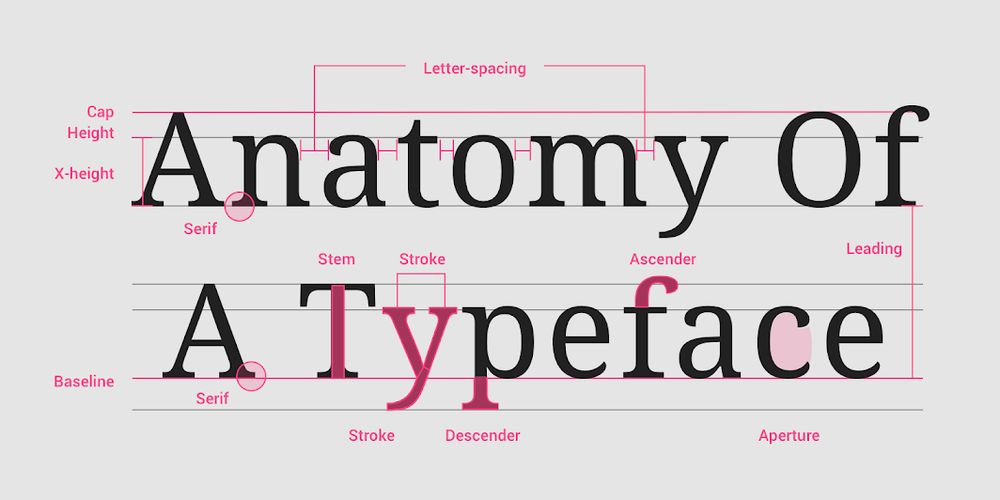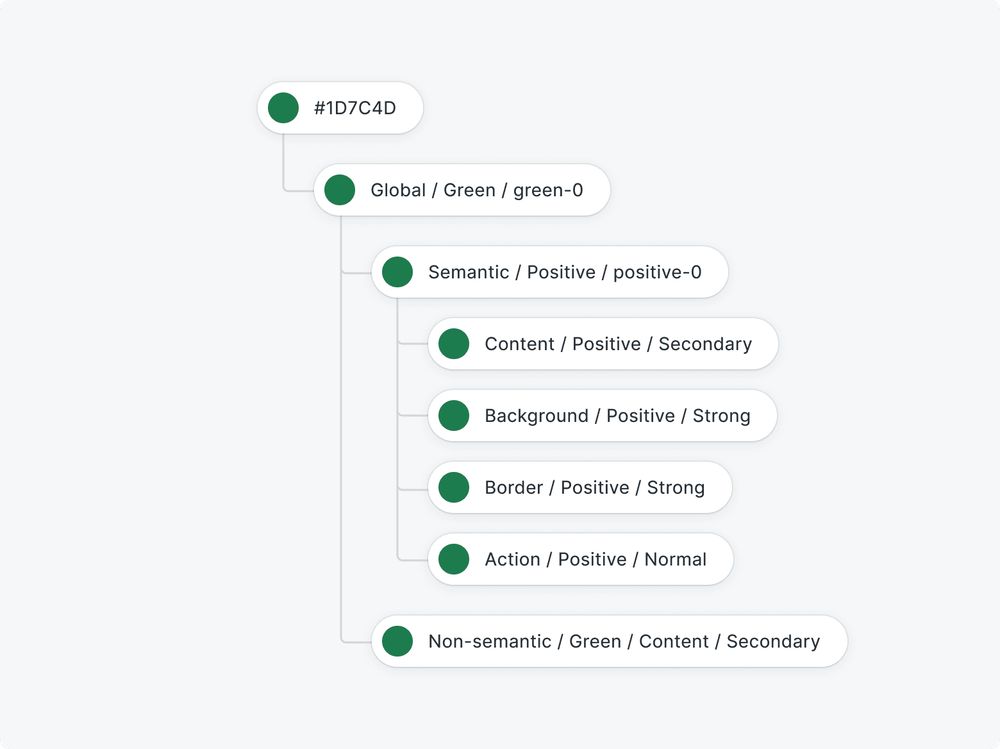

Now the bigger picture. AI content has taken over the internet. Not long ago humans created ninety eight percent of everything online. Now most of it comes from machines. There is no way back.
Now the bigger picture. AI content has taken over the internet. Not long ago humans created ninety eight percent of everything online. Now most of it comes from machines. There is no way back.
You can tweak the AI mix across art fashion and home decor right inside settings
Less flawless fakes more real people more texture
Finally someone giving users a choice

You can tweak the AI mix across art fashion and home decor right inside settings
Less flawless fakes more real people more texture
Finally someone giving users a choice
They gave an AI ten thousand dollars and instructed it to trade crypto. It lost seven thousand two hundred after forty-two losing trades out of forty-four. But it keeps going.

They gave an AI ten thousand dollars and instructed it to trade crypto. It lost seven thousand two hundred after forty-two losing trades out of forty-four. But it keeps going.
Icon Composer from @AppleDeveloper lets you build layered icons for iPhone iPad Mac and Watch from a single design with real Liquid Glass effects and live lighting
No more manual exports or @Xcode pain just one click and done
(link in comments)

Icon Composer from @AppleDeveloper lets you build layered icons for iPhone iPad Mac and Watch from a single design with real Liquid Glass effects and live lighting
No more manual exports or @Xcode pain just one click and done
(link in comments)
Telegram, Slack, Discord, a hundred links and half of them are dead
Then I stumbled upon Designer Slack Community, a neat collection of active groups
Opened it, scrolled a bit, found a few lively spaces and got hooked
Telegram, Slack, Discord, a hundred links and half of them are dead
Then I stumbled upon Designer Slack Community, a neat collection of active groups
Opened it, scrolled a bit, found a few lively spaces and got hooked


One team abandoned global typography styles like H1, Body, and Caption. Why? Because text isn't global—it's contextual. An H3 looks right in a card, too big in a modal, and unreadable in a tooltip. Designers override; developers tweak spacing; chaos grows.

One team abandoned global typography styles like H1, Body, and Caption. Why? Because text isn't global—it's contextual. An H3 looks right in a card, too big in a modal, and unreadable in a tooltip. Designers override; developers tweak spacing; chaos grows.
"Just tweak the style."
"Just one more variant."
This is how components slowly die. One team broke this cycle by making context the priority. Instead of cluttering the Card with props like isCompact, inFavorite, or forAdmin, they developed structured context logic.

"Just tweak the style."
"Just one more variant."
This is how components slowly die. One team broke this cycle by making context the priority. Instead of cluttering the Card with props like isCompact, inFavorite, or forAdmin, they developed structured context logic.
In a compelling case by Design Bootcamp, a Fortune 200 company scaled 50+ brands using React, Vue, and Web Components. Their secret? Start with governance, not Figma.

In a compelling case by Design Bootcamp, a Fortune 200 company scaled 50+ brands using React, Vue, and Web Components. Their secret? Start with governance, not Figma.
But Туту took a different approach. They introduced "On white" and "On gray" modes—not for light versus dark, but for intent.
On white: for clean, bright marketing screens.
On gray: for forms, cards, and structure.

But Туту took a different approach. They introduced "On white" and "On gray" modes—not for light versus dark, but for intent.
On white: for clean, bright marketing screens.
On gray: for forms, cards, and structure.
One team redesigned their dark theme and achieved an 18% increase in battery life on OLED screens.
How did they do it? They abandoned the typical gray-on-black scheme and created a new palette from scratch:

One team redesigned their dark theme and achieved an 18% increase in battery life on OLED screens.
How did they do it? They abandoned the typical gray-on-black scheme and created a new palette from scratch:
Helix redefined their color logic by prioritizing governance over Figma.

Helix redefined their color logic by prioritizing governance over Figma.

Instead of following the typical hierarchy of palette → semantic → component, they skipped the semantic layer. No "neutral.surface.200" magic. They used direct component tokens with no overrides allowed.

Instead of following the typical hierarchy of palette → semantic → component, they skipped the semantic layer. No "neutral.surface.200" magic. They used direct component tokens with no overrides allowed.


The title says “Goodbye for now”, the songs form a subtle message if you read them in order, and the cover has a sad little pug staring into your soul.

The title says “Goodbye for now”, the songs form a subtle message if you read them in order, and the cover has a sad little pug staring into your soul.


I came across a recent arXiv study describing an adaptive UI model powered by reinforcement learning. The idea is simple - the interface doesn’t just deliver content, it observes how you interact with it and then adjusts itself.

I came across a recent arXiv study describing an adaptive UI model powered by reinforcement learning. The idea is simple - the interface doesn’t just deliver content, it observes how you interact with it and then adjusts itself.

Google is testing a new approach to visual feedback in the Fast Pair interface. Instead of showing “earbuds charged at 20%” - it’s just a bold red ring. Green, yellow, red - and you instantly get the message.

Google is testing a new approach to visual feedback in the Fast Pair interface. Instead of showing “earbuds charged at 20%” - it’s just a bold red ring. Green, yellow, red - and you instantly get the message.

